Alaska sprawls across 663,000 square miles—bigger than Texas, California, and Montana put together. Hundreds of remote communities dot this massive wilderness, scattered across mountains, tundra, and islands where building regular roads just isn’t feasible.
The terrain’s too rough, the weather’s too harsh, and the distances are simply staggering. Small aircraft serve as the only lifeline connecting these isolated settlements to civilization. Here is a list of 15 Alaskan towns that you can only reach by plane.
Barrow (Utqiagvik)
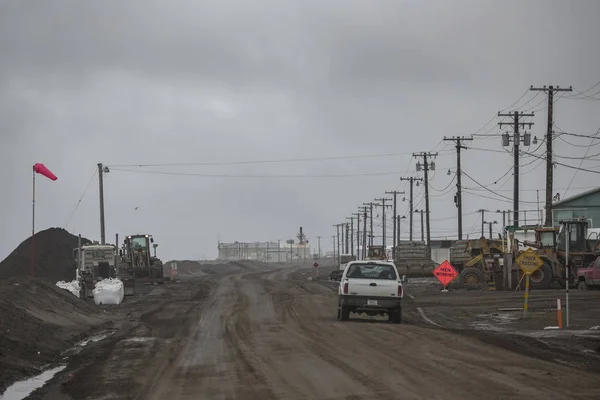
Barrow sits at Alaska’s northernmost point, where winter brings two solid months of darkness while summer delivers continuous daylight for the same duration. About 4,400 people call this place home, making their living through subsistence hunting and oil industry work.
Landing here means dealing with some seriously challenging weather—winds can keep planes grounded for days at a stretch. Yet the runway stays active year-round, serving as the community’s essential connection for food deliveries, supply runs, and the occasional brave soul wanting to experience life above the Arctic Circle.
Nome
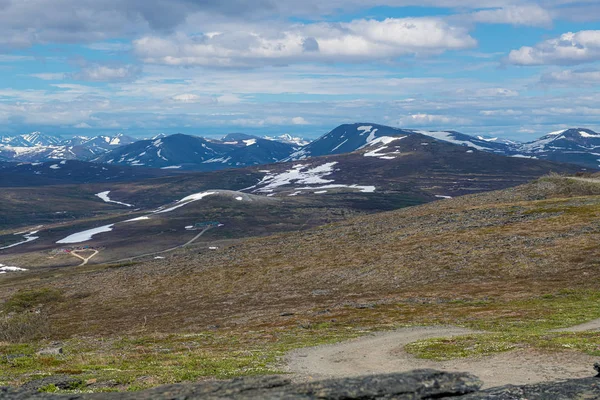
This former gold rush hub of 3,500 residents perches on the Bering Sea’s edge, though it’s better known nowadays as where the famous Iditarod sled dog race concludes. Gold mining still drives much of the local economy, but tourism has grown increasingly important as people flock to witness the world’s most celebrated dog race finale.
Cargo planes constantly stream into Nome’s airport—bringing everything from basic groceries to construction materials. When storms roll off the sea, they can shut down air traffic completely, sometimes for extended periods.
Like Travel Pug’s content? Follow us on MSN.
Kotzebue
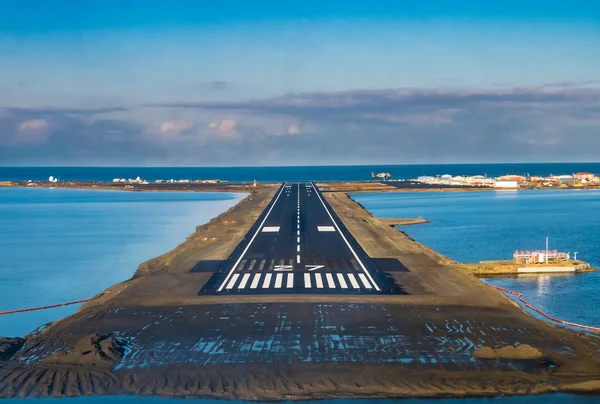
Twenty-six miles north of the Arctic Circle, Kotzebue functions as northwest Alaska’s regional center with roughly 3,200 inhabitants. The town occupies a narrow strip of land that juts into Kotzebue Sound, surrounded by tundra that never completely thaws.
Locals maintain traditional subsistence practices—hunting caribou, seals, and whales, depending on what season it is. The airport here buzzes with activity since it handles transfers for numerous smaller communities throughout the region, making it one of rural Alaska’s busiest airstrips.
Bethel
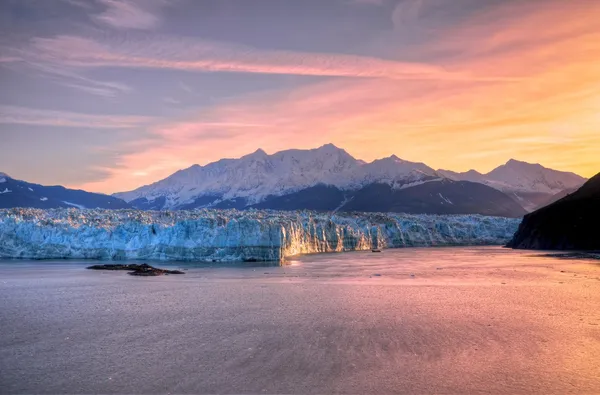
Bethel ranks among Alaska’s largest fly-in communities with about 6,400 residents. It operates as the commercial and transportation nerve center for the enormous Yukon-Kuskokwim Delta area. Government services, healthcare, and serving as a supply distribution point for dozens of scattered villages form the backbone of Bethel’s economy.
The airport processes more cargo than many cities twice its size—everything from groceries to heating fuel arrives by air.
Unalaska

Around 4,700 people live in Unalaska, which sits on an Aleutian Chain island and anchors one of America’s most productive fishing operations. Dutch Harbor gained fame through the reality show ‘Deadliest Catch’ as the launching point for dangerous crab fishing ventures.
Constant strong winds create serious challenges here—storm gusts regularly top 100 mph. Pilots approaching Unalaska need special training to handle the wicked crosswinds and sudden weather shifts that make this airport one of Alaska’s trickiest.
Like Travel Pug’s content? Follow us on MSN.
Dillingham
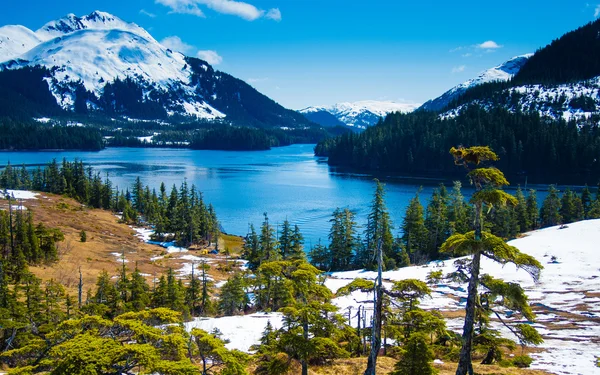
Dillingham houses 2,400 residents at the Wood River’s mouth—serving as the gateway to some incredibly productive salmon runs. Each summer transforms the town as thousands of commercial fishermen and processing workers flood in for the brief but intense fishing season.
During these months, the airport becomes absolutely hectic with cargo planes landing hourly to ship fresh seafood to markets nationwide. Once fishing season ends, things quiet down considerably, though the airport remains crucial for year-round locals.
King Salmon
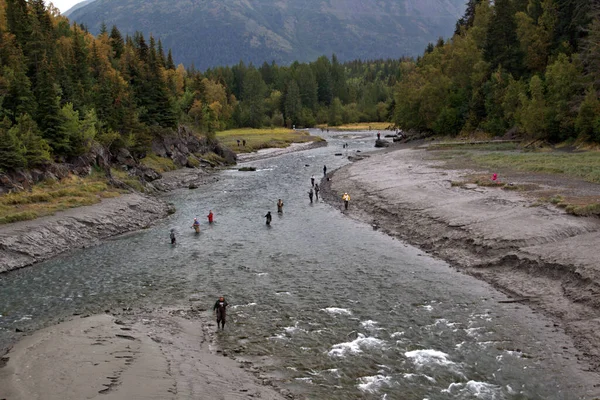
Despite having just 400 residents, King Salmon punches well above its weight as a regional transportation hub and Katmai National Park’s primary access point. The town sits along the Naknek River—acting as the launch point for bear-viewing expeditions and world-class sport fishing trips.
Summer months bring intense airport activity as tourists arrive to see the legendary brown bears at Brooks Falls. Tourism drives much of the economy here, though government positions and commercial fishing provide steady year-round work.
Galena
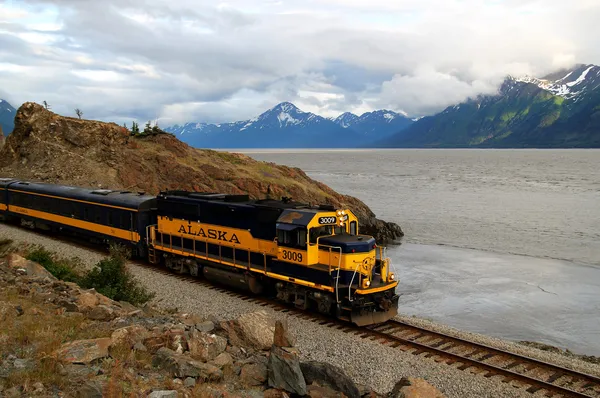
Galena straddles the Yukon River in Alaska’s interior, housing about 500 people while serving as a critical refueling station for aircraft traveling between Anchorage and northern communities. The airport boasts one of rural Alaska’s longest runways—capable of accommodating large cargo aircraft and even emergency landings for international flights crossing the Pacific.
Military operations were historically significant here, though the base has considerably reduced its presence in recent years.
Like Travel Pug’s content? Follow us on MSN.
Aniak
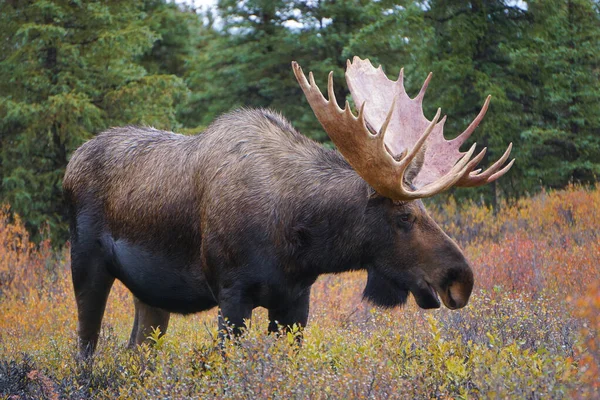
Six hundred people live in this Kuskokwim River community that serves as a regional hub for surrounding villages. Aniak residents balance subsistence activities with regular employment—many work for local government or the school district.
The airport doesn’t just connect to Anchorage and other major centers; it also handles transfers for smaller river communities. During spring breakup season, when river ice becomes treacherous, air transport becomes especially critical for emergency services and essential supplies.
McGrath

McGrath sits in Alaska’s interior along the Kuskokwim River, home to roughly 350 residents who endure some of the state’s wildest temperature swings. Winter can plunge to -60°F while summer occasionally hits 90°F—that’s a 150-degree range. The town serves as an Iditarod checkpoint and maintains strong ties to Alaska’s aviation heritage.
McGrath’s airport provides regular passenger service and refueling for aircraft heading to even more remote interior destinations.
Cordova
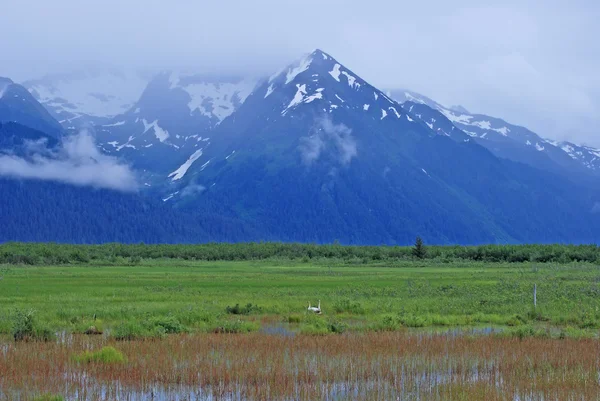
This Prince William Sound fishing community of 2,200 sits surrounded by the towering Chugach Mountains. Cordova was once connected to the Alaska Railroad, but it became isolated after the Copper River Railway shut down in 1938. Commercial fishing, especially salmon and herring, drives the local economy.
Winter storms can make reaching Cordova’s airport extremely difficult. Low clouds and fierce winds frequently cancel flights, temporarily cutting residents off from the outside world.
Like Travel Pug’s content? Follow us on MSN.
Adak
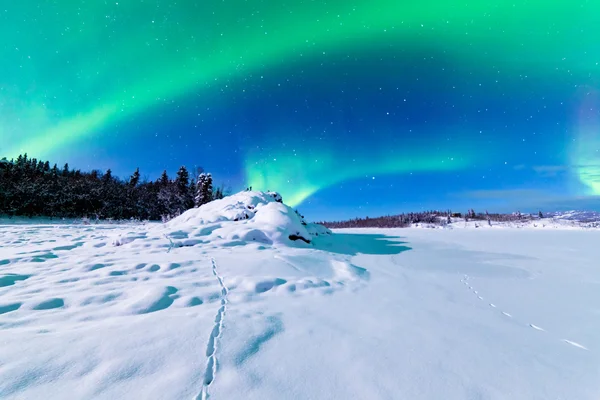
Adak once hosted a major military installation, but now houses fewer than 300 residents on this remote Aleutian Chain island. The island actually sits closer to Russia than mainland Alaska, making it among the most isolated communities in the entire United States.
Weather conditions are notoriously brutal, with high winds and frequent storms making air travel completely unpredictable. The town’s enormous runway was built for military aircraft but now serves whatever civilian flights can make it through the weather.
Cold Bay
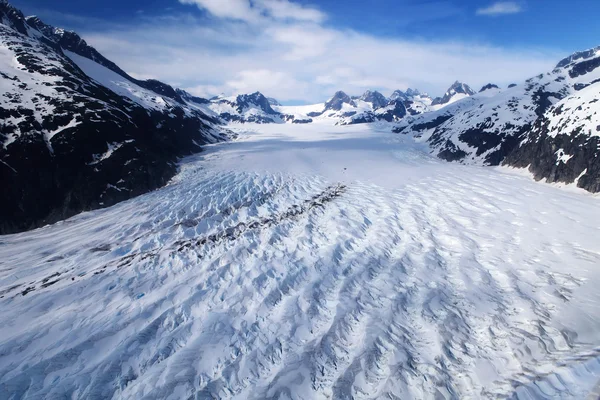
This tiny Alaska Peninsula community of roughly 100 residents exists primarily as a refueling station for aircraft heading to the Aleutian Islands. Cold Bay experiences some of Alaska’s most severe weather patterns. Winds regularly exceed 50 mph, and visibility can drop to absolute zero without any warning.
Despite its small size, the town’s airport plays a vital role in Alaska’s aviation network as both an emergency landing facility and a weather monitoring station.
St. Paul Island
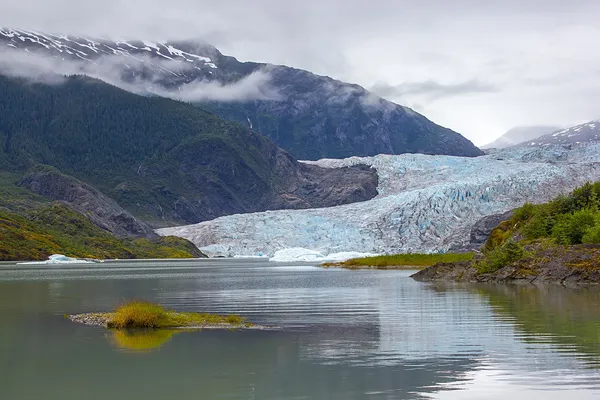
About 450 residents call St. Paul Island home in the middle of the Bering Sea as part of the Pribilof Islands. The community maintains deep ocean connections, with many locals working in commercial fishing or traditional subsistence hunting of seals and seabirds.
Weather completely dominates life here. Fog can be so thick and persistent that flights get delayed for days on end. When aircraft are finally able to land, they carry absolutely everything the community requires, from fresh produce to crucial medical supplies.
Like Travel Pug’s content? Follow us on MSN.
Gambell
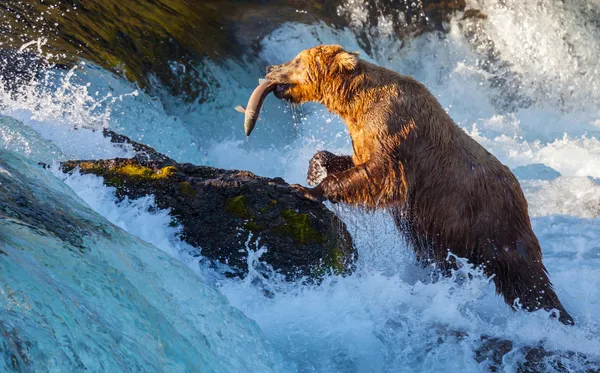
Gambell occupies St. Lawrence Island, just 36 miles from Siberia, housing about 650 residents who preserve strong traditions of subsistence hunting and whaling. The community sits closer to Russia than mainland Alaska, and on clear days, residents can actually see the Russian coastline.
Air service depends entirely on weather conditions, which can ground flights for weeks during severe storms. This isolation has helped maintain Yupik culture and language, making Gambell one of Alaska’s most culturally distinctive communities.
Wings Across the Last Frontier
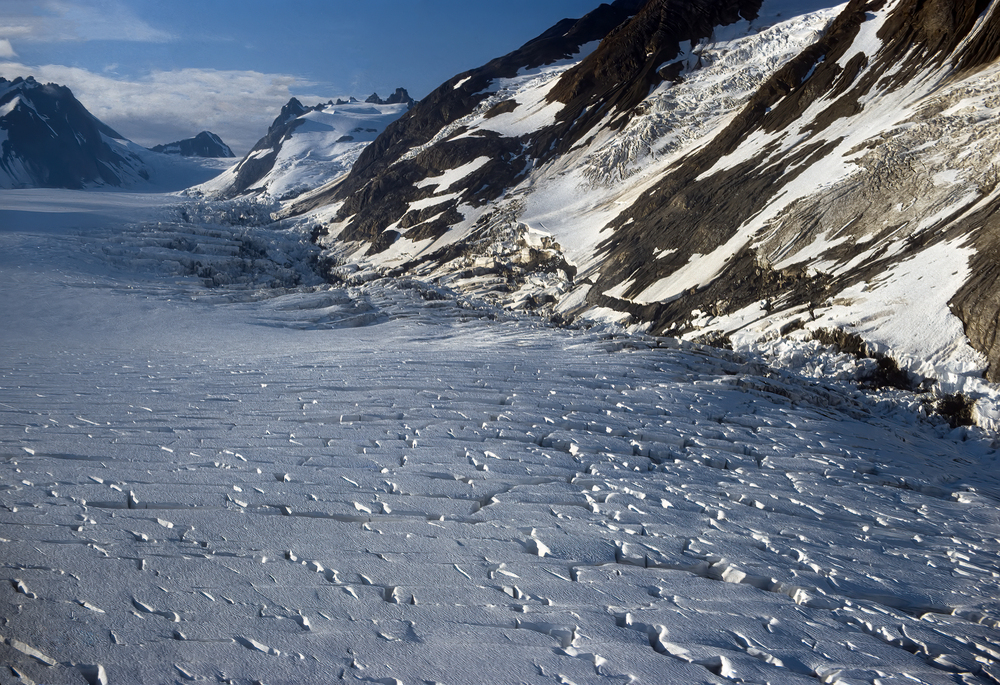
These remote Alaskan communities embody a distinctive lifestyle that has endured since territorial days, when pioneering bush pilots first started linking isolated settlements with the outside world. Modern residents of these fly-in towns carry forward their predecessors’ resilient spirit, continuously adapting to brutal weather, sky-high costs, and geographic isolation that would challenge most Americans.
The small aircraft serving these communities represent far more than simple transportation. They function as genuine lifelines, delivering everything from emergency medications to fresh vegetables for the local store. While modern technology has simplified communication, physical necessities still depend entirely on skilled pilots brave enough to navigate Alaska’s merciless skies.
More from Travel Pug

- 20 Best Beach Towns in the Carolinas
- 13 Destinations Where Tourists Regularly Regret Their Trip
- 20 Destinations That Are More Magical Without an Itinerary
- 20 Underrated Adventures That Belong on Your Travel List
- 20 Cities Where You Should Just Wing It, No Planning Required
Like Travel Pug’s content? Follow us on MSN.
